Blood Pressure in Pregnancy: Podcast Episode #311
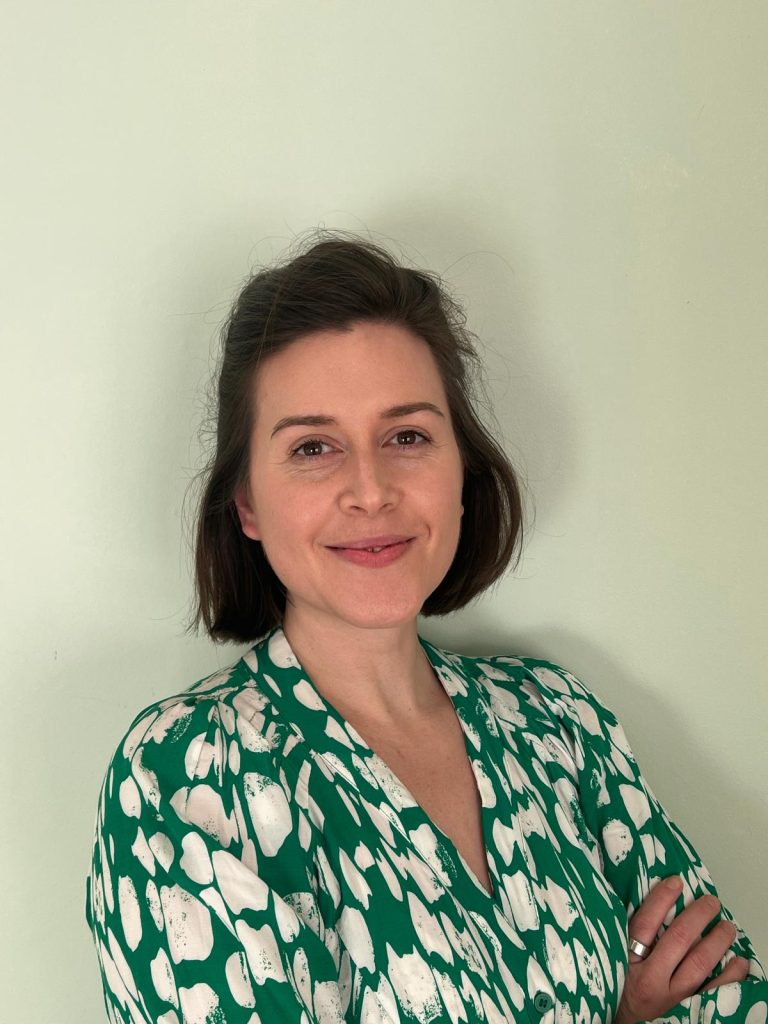
Kristin Revere and Dr. Frances Conti-Ramsden discuss blood pressure and heart health in pregnancy in this important episode of Ask the Doulas podcast. Dr. Conti-Ramsden also touches on the potential for digital health tools and AI to be used in antenatal and postnatal care. She is the director of MEGI Health. Hello, hello! This is […]
The Pelvic Floor Connection Prior to Birth: Podcast Episode #310
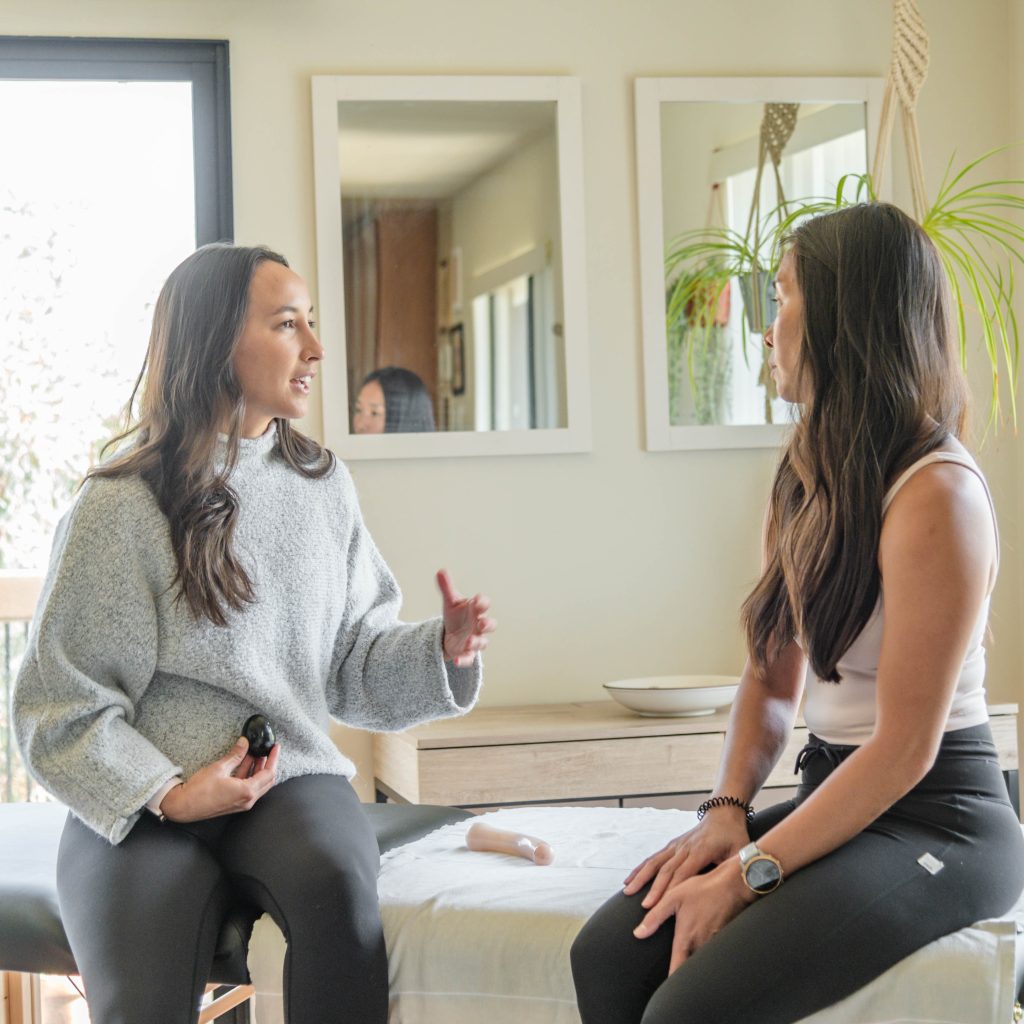
Kristin Revere and Brittney Ellers discuss the pelvic floor connection pre-conception in the latest episode of Ask the Doulas Podcast. She also discusses when to begin pelvic floor physical therapy and describes what that would look like in pregnancy, postpartum, and pre-conception. Brittney is a Holistic Pelvic Physical Therapist and owner of Being Better. Hello, […]
Mindfulness and Self-Compassion: Podcast Episode #309
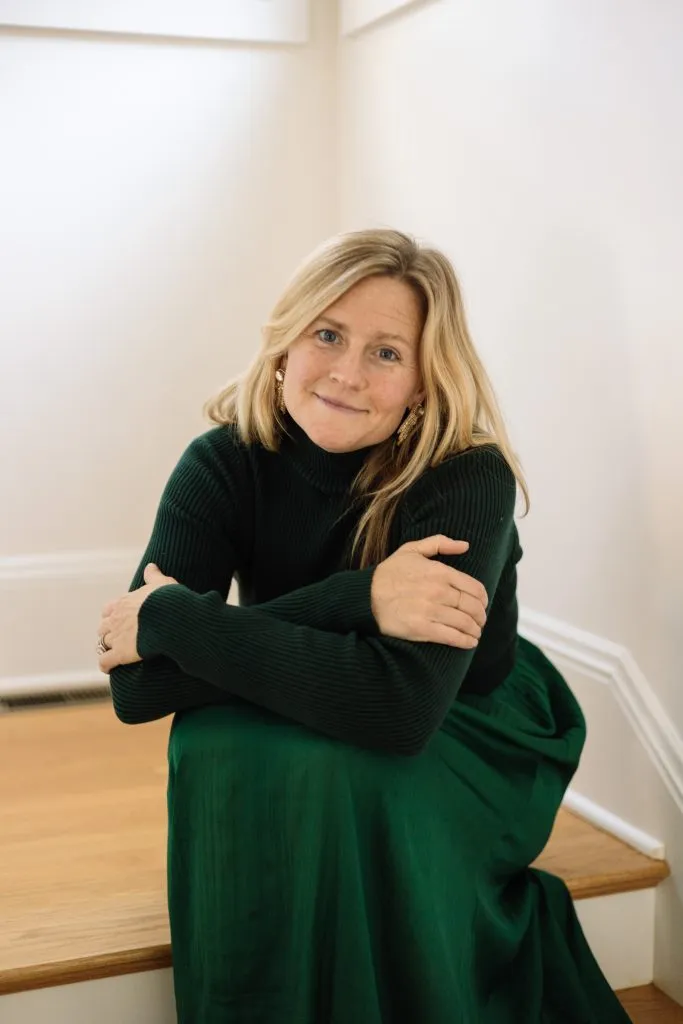
Kristin Revere and Sarah Harmon, CEO of The School of MOM touch on everything from mothering ourselves to the mental load in the latest episode of Ask the Doulas Podcast. Sarah also discusses mindfulness and self-compassion. Hello, hello! This is Kristin Revere with Ask the Doulas, and I am excited to chat with Sarah Harmon […]
Baby Registry Must-Haves: Night Nanny Support & Gifts Parents Really Need

Yes, gearing up for a new arrival means adding essentials like bottles, burp cloths, diapers, and wipes to your registry. But these basic items aren’t the only helpful things to have on hand for a newborn. While adorable onesies and rattle toys are fun to gush over and add to your list, there are other […]
Oxytocin’s Role in Conception, Pregnancy, and the Postnatal Phase: Podcast Episode #303
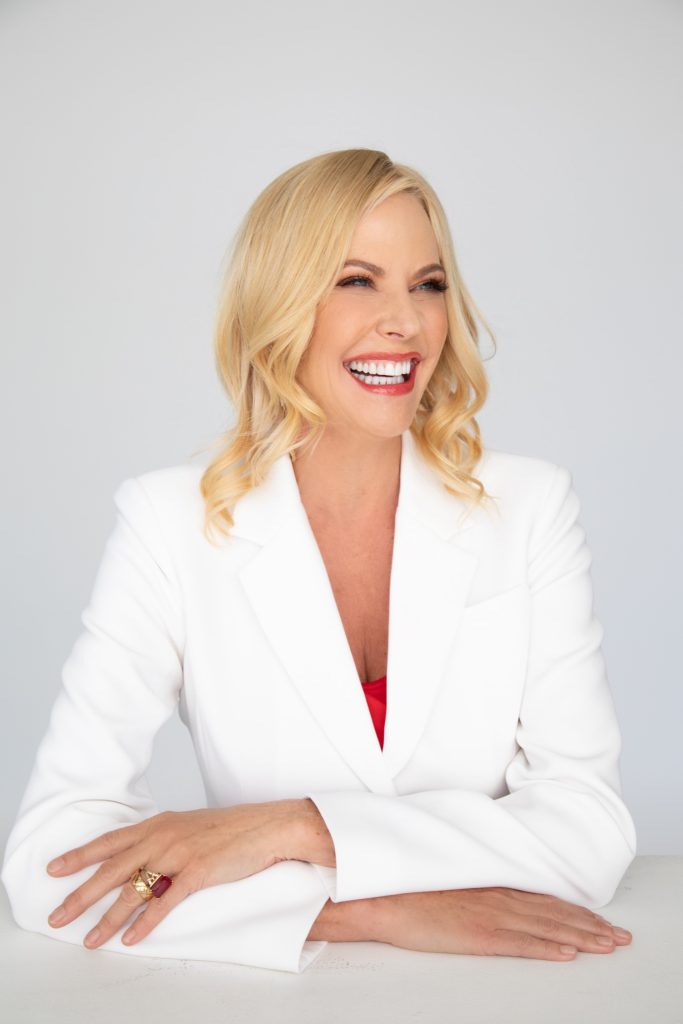
Kristin Revere talks with Susan Bratton about oxytocin’s role in conception, pregnancy, and the postnatal phase with Susan Bratton. Susan Bratton is an intimacy expert to millions and the creator of The Sex Life Bucket List. Oxytocin helps couples develop a profound connection that strengthens their relationship for years to come. Hello, hello! This is […]
Wow, I’m honored to say the least!

When I first sat down to co-write “Supported: Your Guide to Birth and Baby,” I wanted to create something real. A guide that felt more like talking to a good friend than reading a health textbook. So we intentionally filled it with real-life experiences, evidence-based information, expert insights, and raw stories from both professionals and […]
The Truth About Pooping During Labor

It’s one of the most common worries pregnant women have—but almost no one wants to say it out loud: “What if I poop during labor?” Let’s talk about it. Because the truth is, pooping during labor is completely normal, fairly common, and not something to stress over. In fact, experts estimate that about 50% of […]
Live Core Strong with Dr. Jena Bradley: Podcast Episode #294
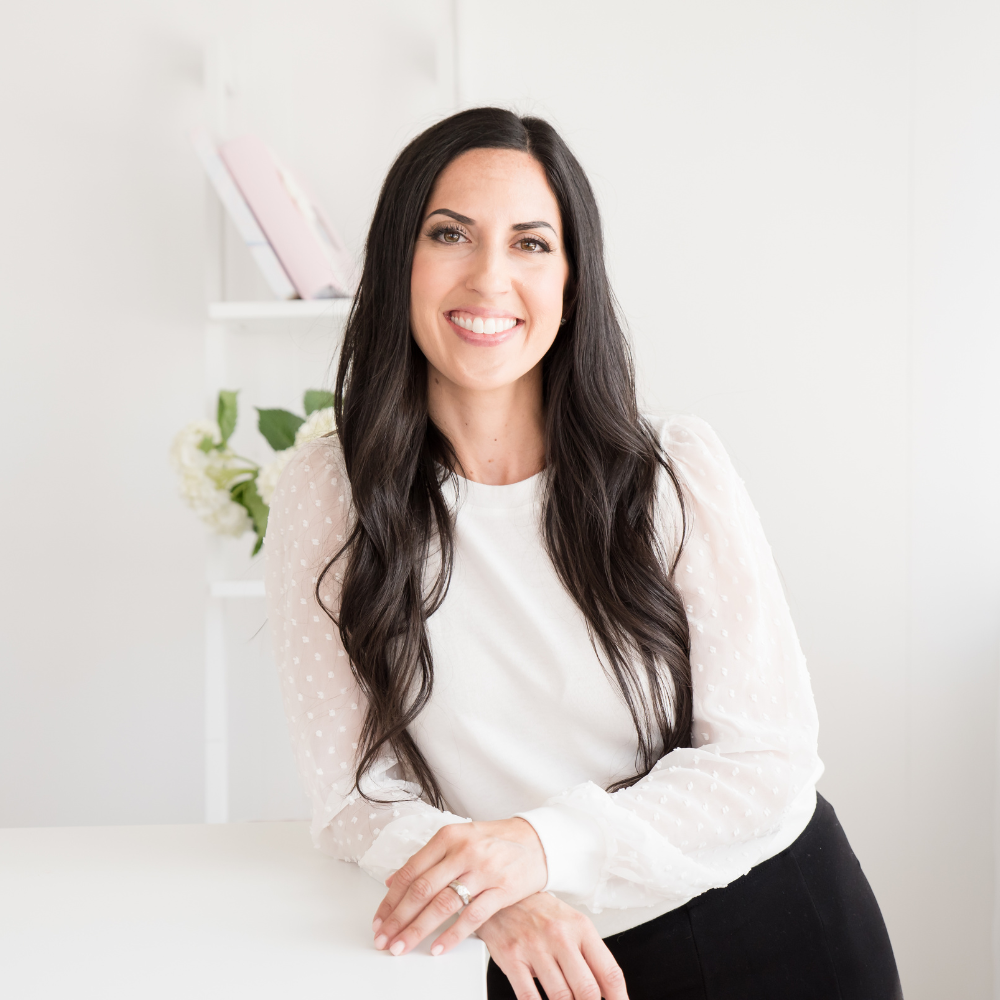
Kristin Revere talks with Dr. Jena Bradley of Live Core Strong about the importance of core strength for everyday mom life and how to find time to stay consistent with exercise in the chaos of motherhood. Dr. Jena is a physical therapist with Jena Bradley, LLC, Live Core Strong, and The Fit Postpartum Mom Podcast. […]
The 5-5-5 Rule: Postpartum Healing

To help freshly postpartum moms adjust and heal, a trending practice is becoming popular again—the 5-5-5 postpartum rule. This method encourages moms to rest and relax during the first 15 days at home with their baby. That means no cleaning sprees, no pressure to “bounce back”, and definitely no playing hostess. Just rest, recover, and […]
Explaining Mental Load to a Partner: Podcast Episode #282

Kristin Revere and Zach Watson discuss invisible labor and partner communication in the latest episode of Ask the Doulas. Zach is a Certified Fair Play Facilitator and invisible labor coach with Zach Think Share Creative. Hello, hello! This is Kristin with Ask the Doulas, and I am so excited to chat about the […]
Breastfeeding Twins: Tips, Positions & Supply

Breastfeeding twins is an incredible journey. But there’s no sugar-coating it, it can feel overwhelming. Two hungry babies, double the latches, keeping milk supply up, and finding a comfortable feeding position—it’s honestly a full-time job if you think about it. With the right strategies, support, and practice, you can absolutely make breastfeeding with twins work […]
Embracing Prenatal Mindfulness for Your (and Your Baby’s) Wellbeing

Written by Candi Seil, MPP of BabyKnow, an online video program focusing on infant growth and development. Pregnancy is a time filled with anticipation, joy, and wonder. Your body is changing, your mind is full of thoughts, and your heart is expanding. It may also feel overwhelming at times. You may navigate new challenges, […]
Returning to Activity in the Postpartum Phase: Podcast Episode #276
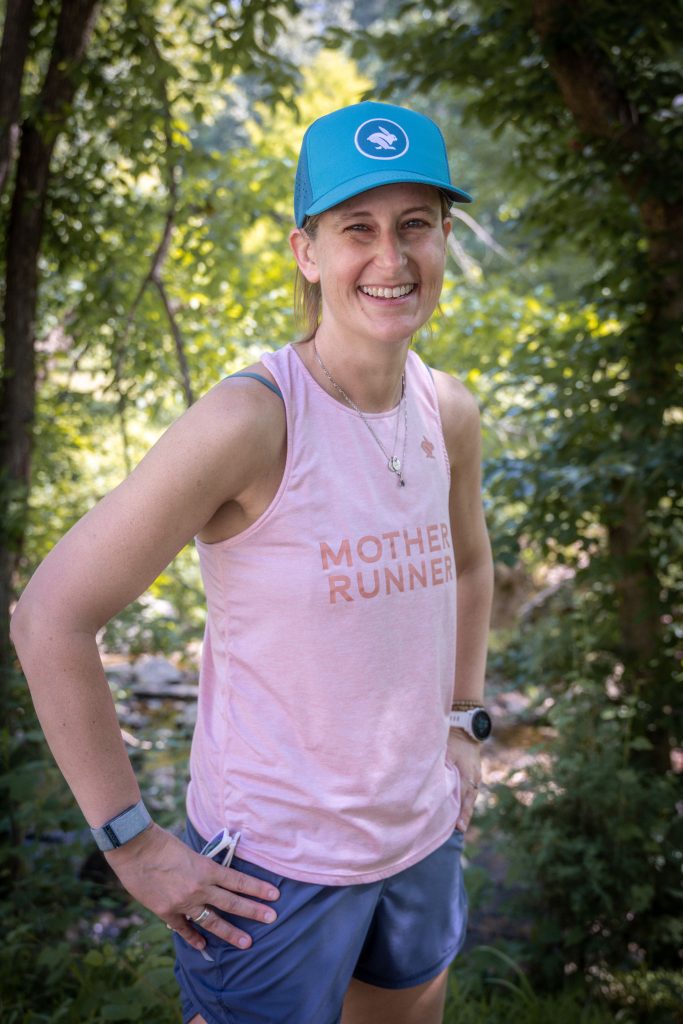
Many of our listeners want to know when it is safe to return to activity in the postpartum phase, so Kristin sat down with Dr. Carrie J. Pagliano to discuss this topic and so much more. Carrie is the owner of Carrie Pagliano Physical Therapy. Hello, hello! This is Kristin Revere with Ask the […]
The Importance of Pelvic Floor Physical Therapy: Podcast Episode # 273
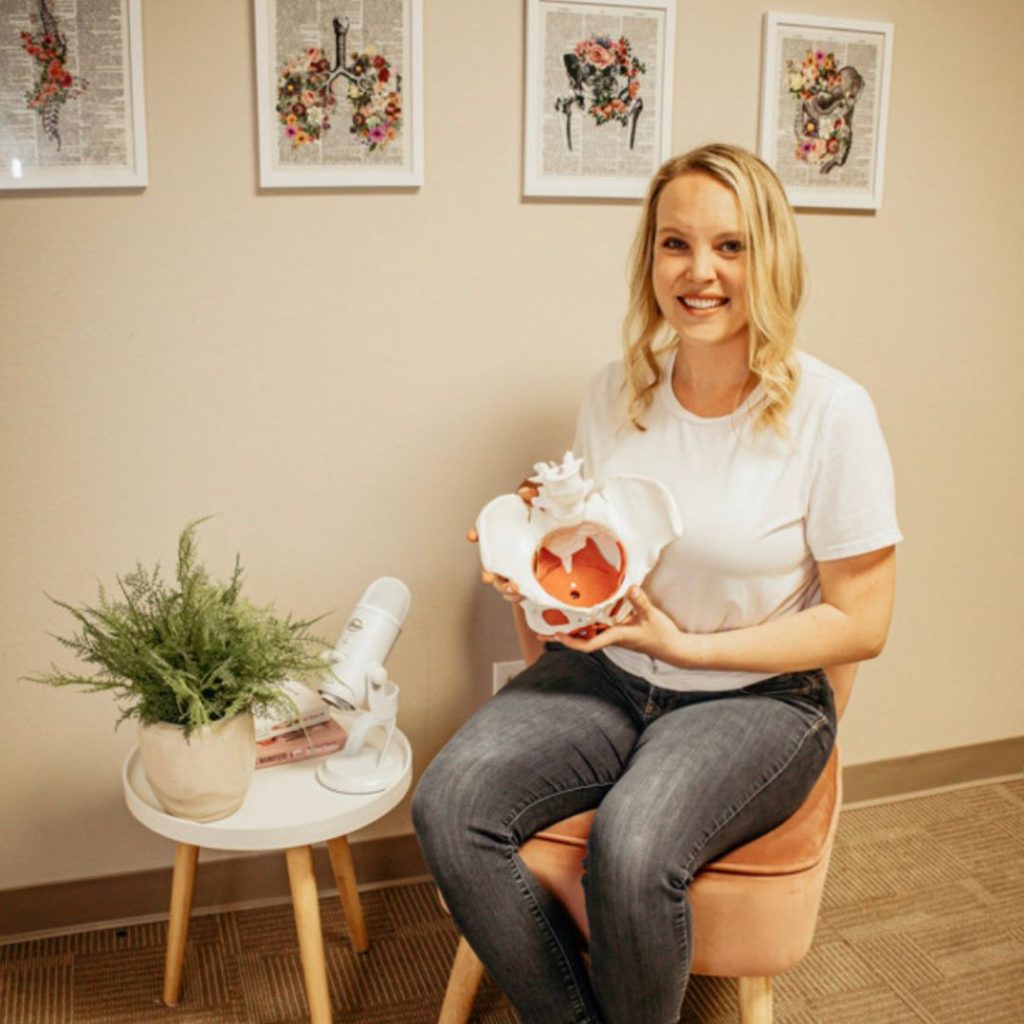
Kristin Revere and Dr. Desiree Cassell discuss how to find the best pelvic floor physical therapist for your unique needs and when to hire them on the latest episode of Ask the Doulas podcast. Hello, hello! This is Kristin Revere with Ask the Doulas, and I am thrilled to chat with Dr. Desiree Cassell. Dr. […]
Postpartum Nutrition with Maranda Bower: Podcast Episode #272
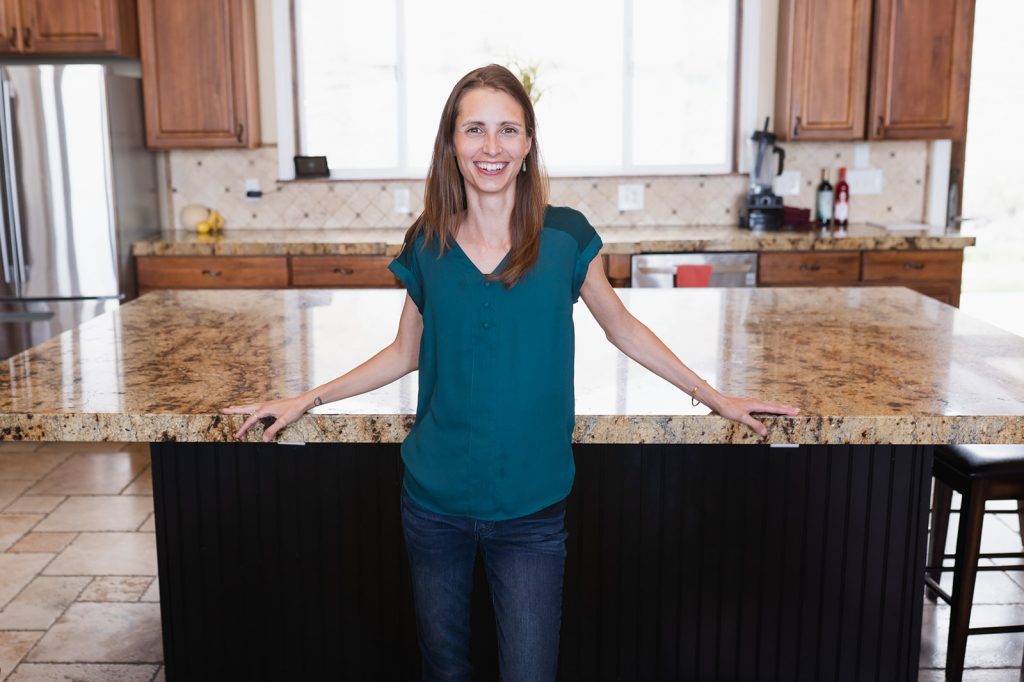
Kristin Revere and Maranda Bower talk about the importance of postpartum nutrition in the latest episode of Ask the Doulas. They also discuss postpartum planning during pregnancy. Hello, hello! This is Kristin with Ask the Doulas, and I am thrilled to chat with my friend Maranda Bower. Maranda is the CEO and founder of Postpartum […]
Feeling Confident in Your Postpartum Body, with Kaylie of Tender Seasons: Podcast Episode #260
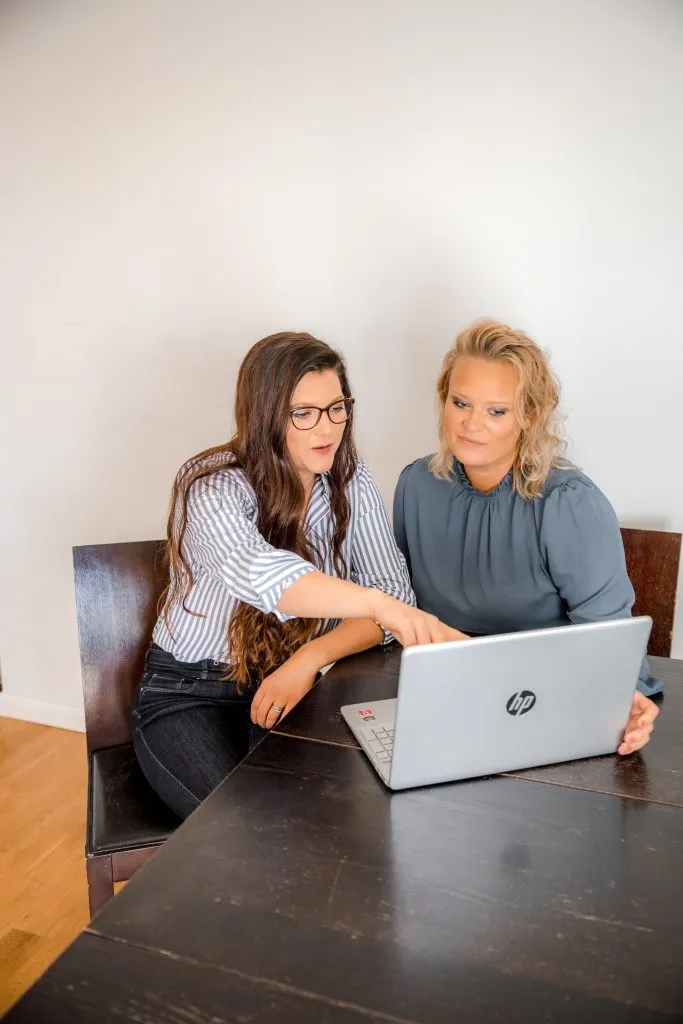
Kristin Revere and Kayli Joann discuss Kayli’s entrepreneurial journey, which started out of her frustration with finding postpartum bras and nightgowns that made her feel beautiful. She decided to create her own line of clothing, Tender Seasons. Hello, hello! This is Kristin Revere with Ask the Doulas, and I am thrilled to chat with Kayli […]
Postpartum Wellness with Dr. Emilie Wilson: Podcast Episode #256

Kristin Revere and Dr. Emilie Wilson discuss the importance of preparing for postpartum during pregnancy on the latest episode of Ask the Doulas. Dr. Wilson also shares self-care tips from her new book, “POST: The Essential Guide to Creating Your Postpartum Self-Care Plan in Pregnancy.” Hello, hello! This is Kristin Revere with Ask the Doulas, […]
Health Tips for New and Seasoned Moms with Dr. Lora Grasso: Podcast Episode #250
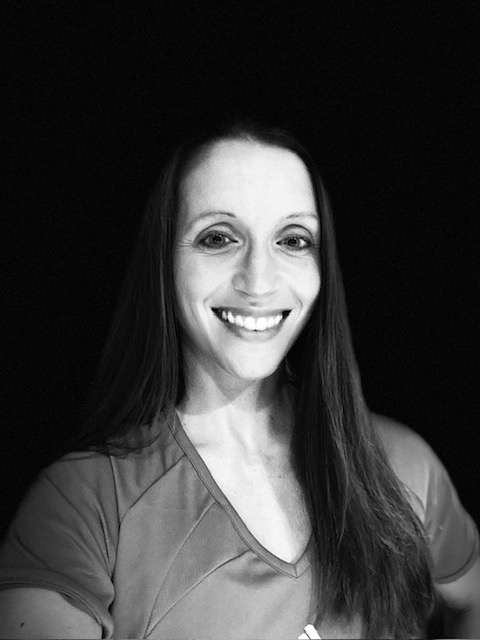
Kristin Revere and Dr. Lora Grasso discusses small changes that can help you maintain your health after having a baby in the latest episode of Ask the Doulas. Dr. Grasso is the founder of APEX Coaching. Hello, hello! This is Kristin Revere with Ask the Doulas, and I am so excited to chat with my […]
Healing Childhood Trauma in Early Parenting: Podcast Episode #246
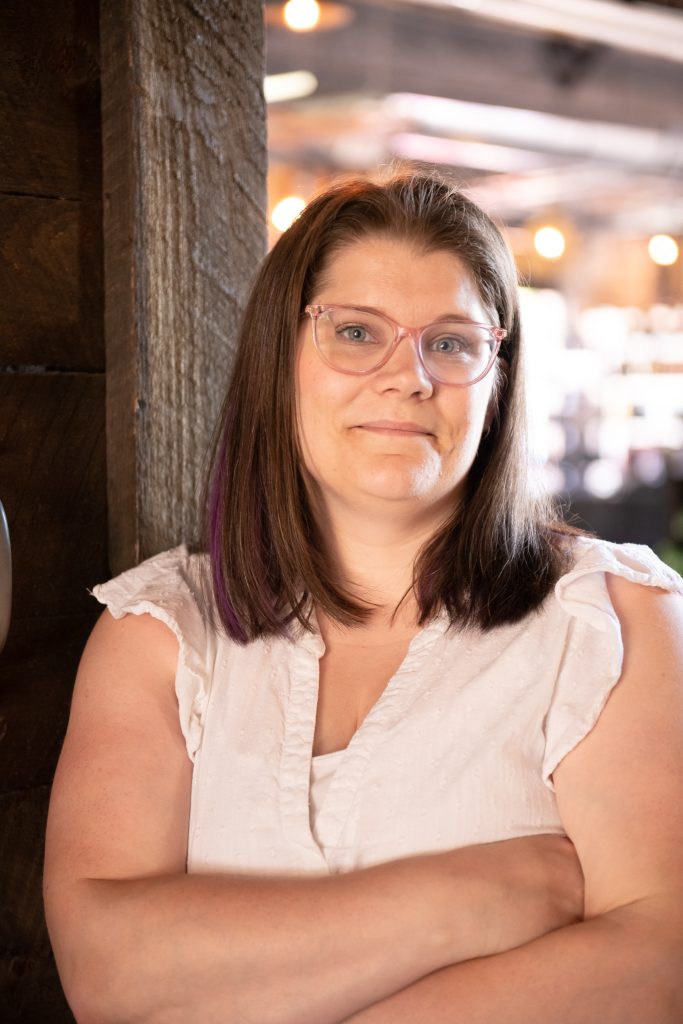
Emily Cleghorn shares her personal story of overcoming trauma and discusses the importance of support during motherhood on the latest episode of Ask the Doulas. She also discusses navigating triggers and tantrums as you heal your childhood trauma in the midst of early parenting. Emily is the founder of Mindful Soul Wellness. Hello! This is […]
Reimagining Care for New Moms with Alexandra Francis: Podcast Episode #243
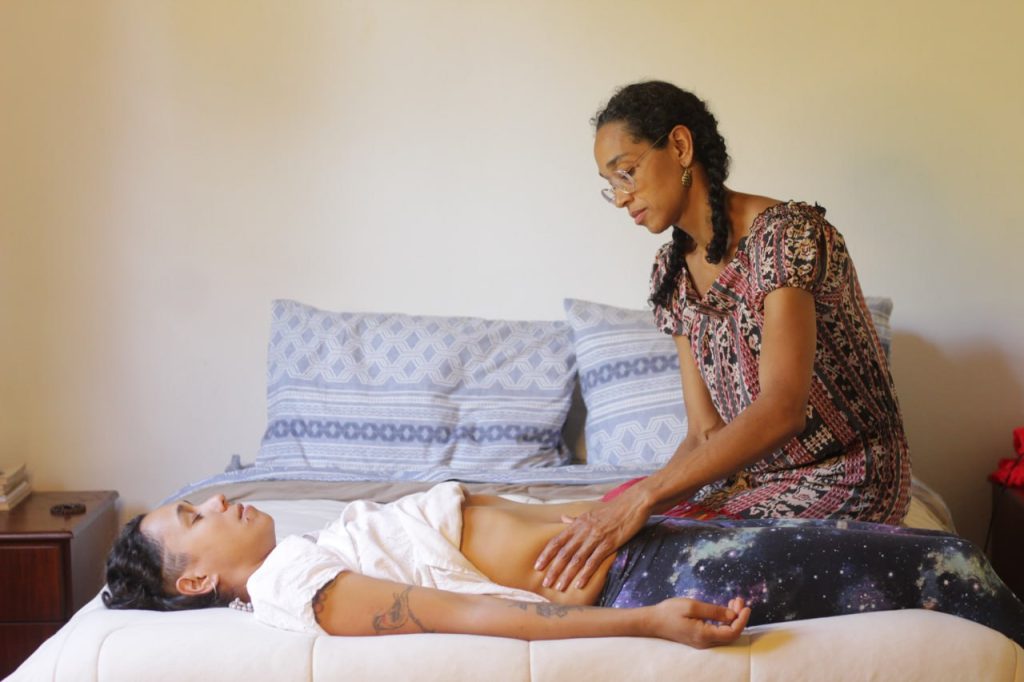
Kristin Revere and Alexandra Francis discuss postpartum recovery traditions worldwide and the need for holistic postpartum support models like Mama Haven. Alexandra also owns Our Hummingbird. Hello, hello! This is Kristin Revere with Ask the Doulas, and I am thrilled to bring you Alexandra Francis. Alexandra is the owner and founder of Our Hummingbird, and […]
Postnatal nutrition with Genevieve Mena of Mamieli: Podcast Episode #242
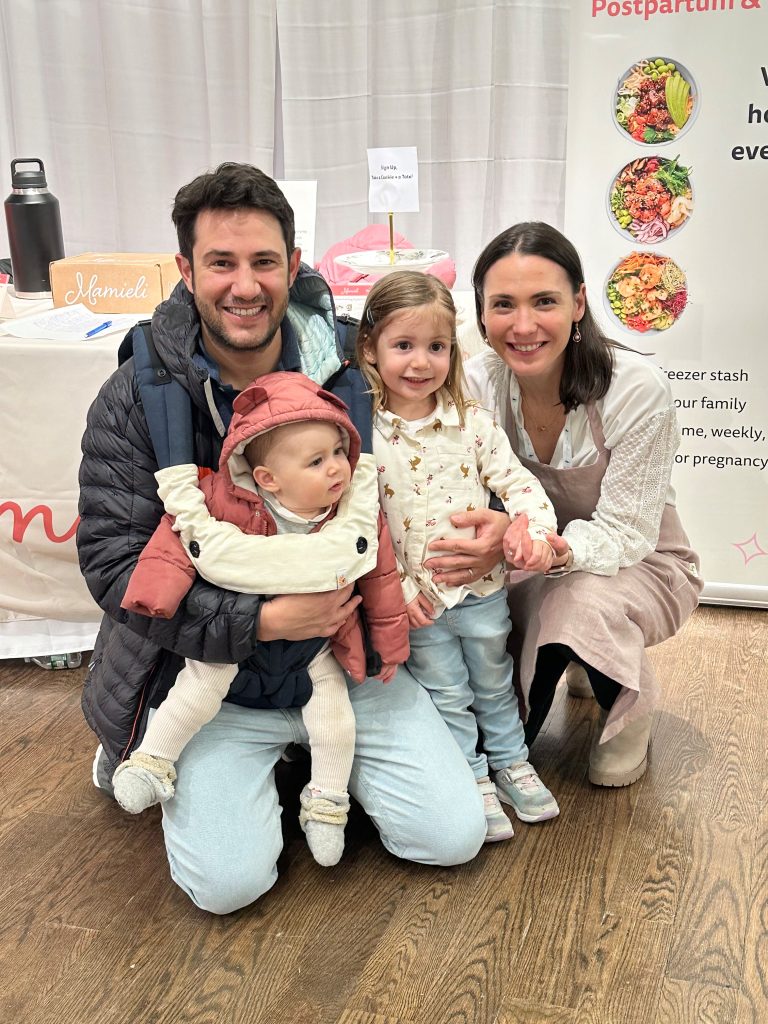
The importance of postnatal nutrition with Genevieve Mena, Co-Founder and CEO of Mamieli. Kristin Revere and Genevieve Mena discuss everything from traveling with kids to nourishing ourselves during the postpartum recovery phase on the latest episode of Ask the Doulas podcast. Be sure to tune in until the end for the special discount code for […]
Simple Healthy Habits for Busy Moms: Podcast Episode #237
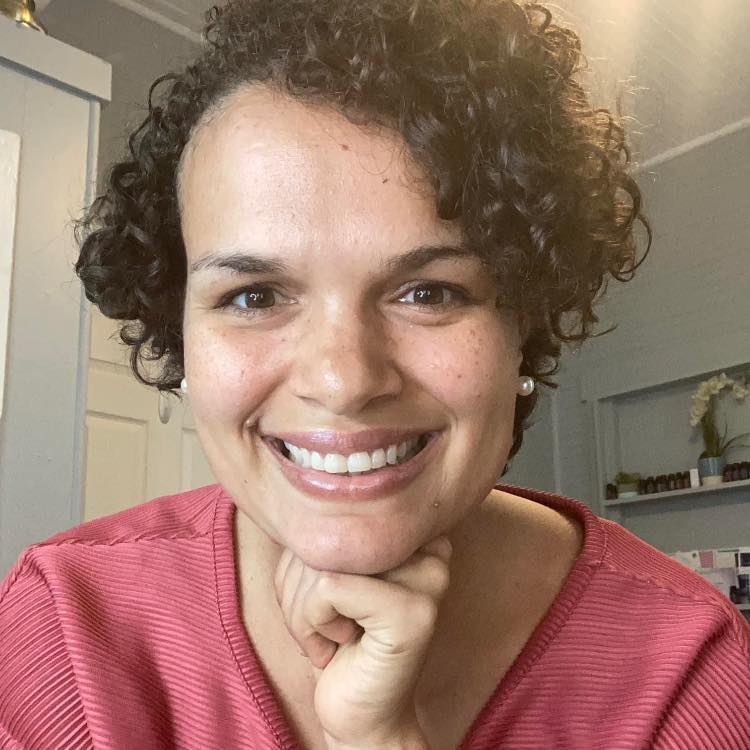
Kristin Revere and Brianna Wilkerson of Mommy Me Time Community discuss the focus on prioritizing health and self-care during each season of motherhood. Brianna has quick tips for both new and seasoned moms to get more intentional time and nourishment. Hello, hello! This is Kristin Revere with Ask the Doulas, and I am thrilled to […]
Meet the Visionaries: Unveiling the Minds Behind Tender Seasons, Michigan’s Maternity Wear Icon

Guest blog post by Kayli Joann, Founder & CEO of Tender Seasons. I stared in the mirror in disgust at the baggy, “cute” nightgown I had purchased for a little getaway with my husband. I was very pregnant and excited to get out of the house for a weekend! I had been on the search […]
Prenatal and Postnatal Nutrition Tips with Stephanie Middleburg: Podcast Episode #236

Kristin Revere and Stephanie Middleburg chat about the importance of nourishing yourself and your baby during pregnancy and the postnatal phase. Stephanie is the author of “The Big Book of Pregnancy Nutrition” and founder of Middleburg Nutrition. Hello, hello! This is Kristin Revere with Ask the Doulas, and I am so excited to chat with […]


